- Soft-pack (pouch) batteries play a critical role in both cutting-edge research and next-generation commercial energy storage. Yet studying their internal behavior during charge and discharge— especially over long cycles—has been limited by the constraints of traditional in-situ XRD methods. The InSight Series changes that.
- This dedicated in-situ Transmission X-ray Diffractometer is purpose-built for soft-pack battery analysis. Unlike conventional reflective-style molds, the InSight Series uses a vertical transmission geometry to collect diffraction data from both the anode and cathode simultaneously—across the full cell thickness.
- Paired with a high-intensity 1600 W Mo X-ray source, a photon-counting 2D array detector, and precision temperature control from -30°C to 300°C, the InSight Series offers unmatched resolution, speed, and stability for real-time battery material studies.
Advanced Measurement Instruments
Copyright 2004–2024 ami-instruments.com

 Products
Products
 Products
Products
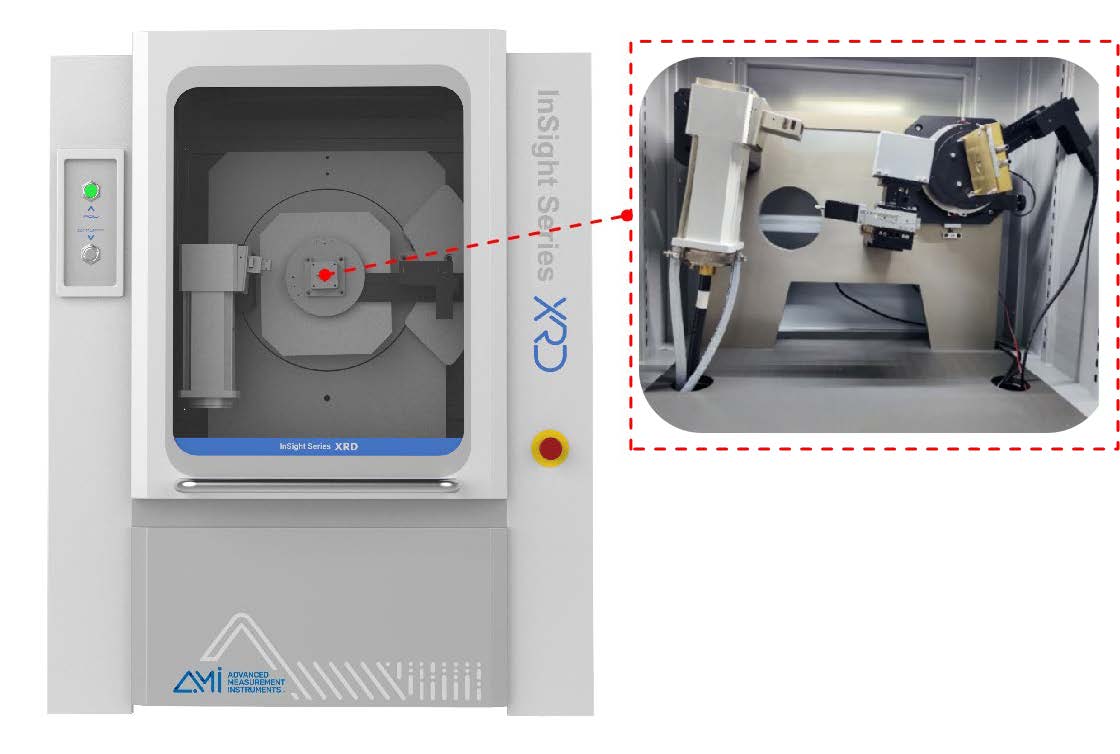
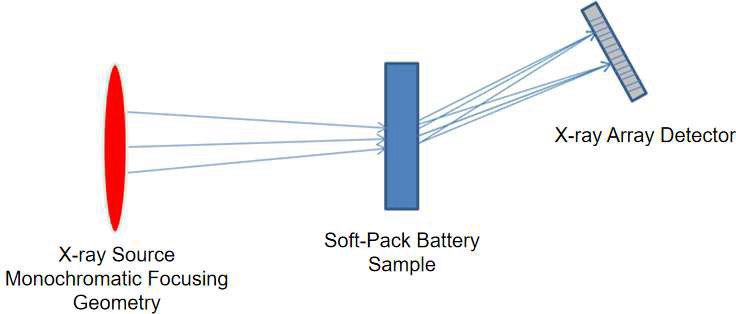
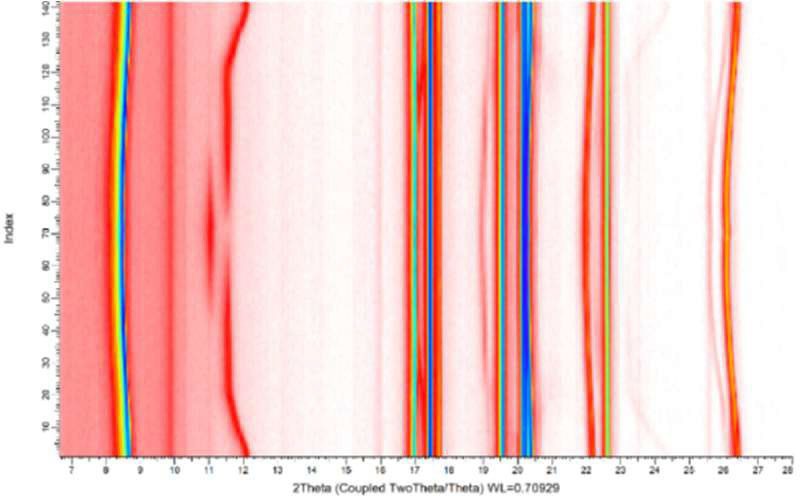
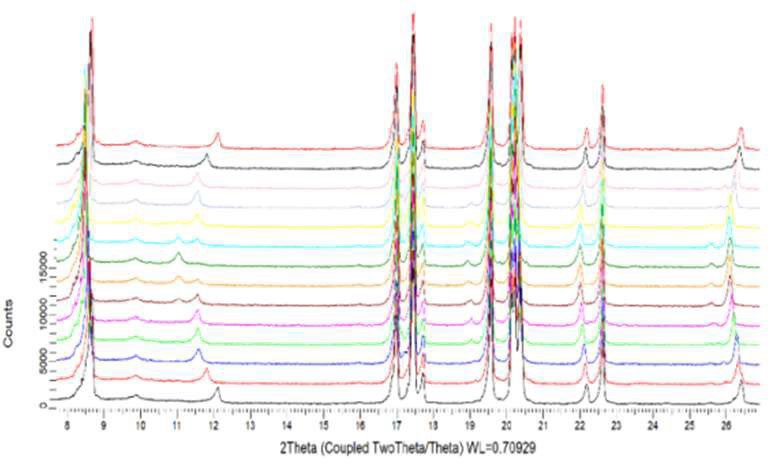
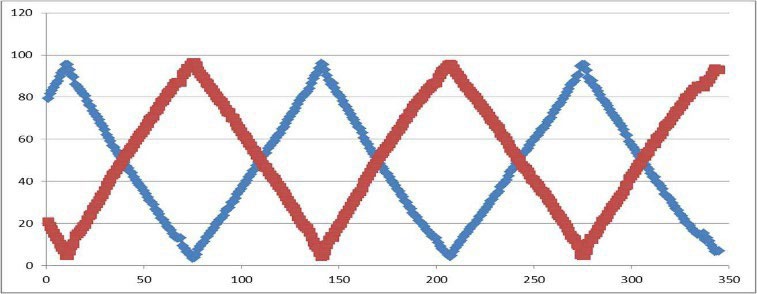
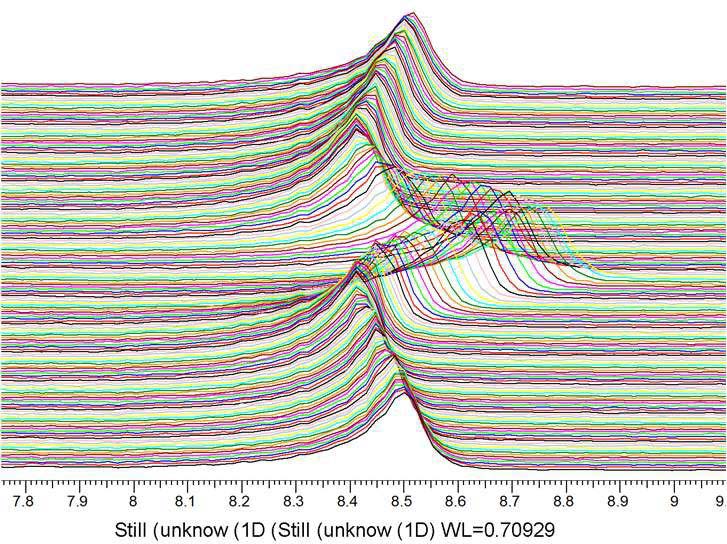


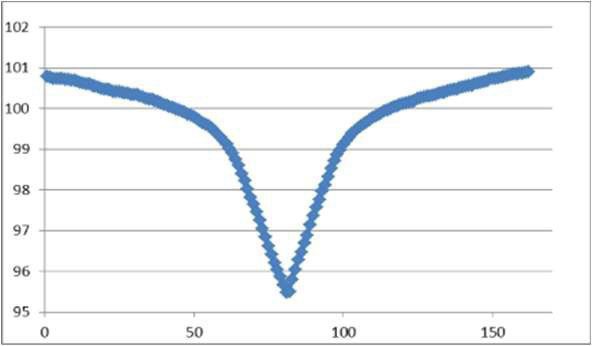
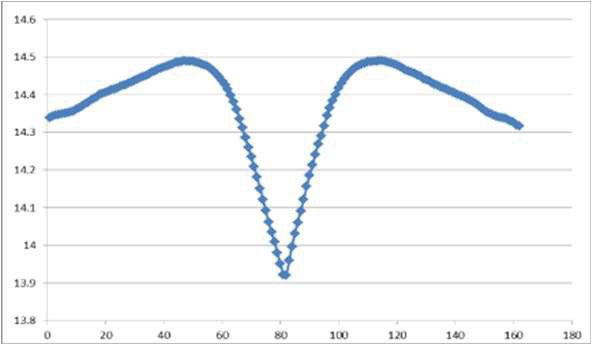
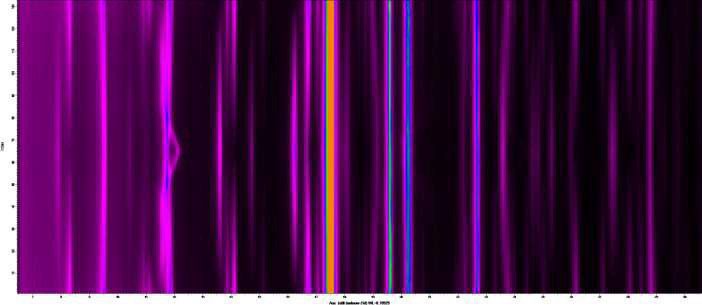

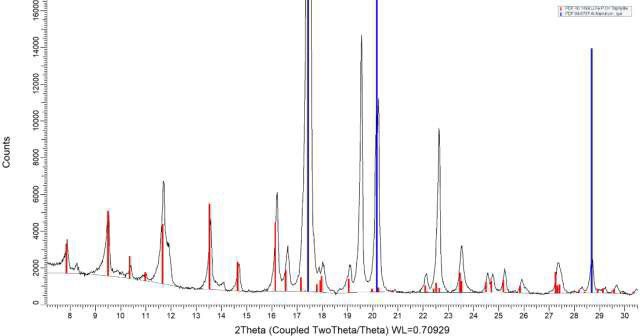
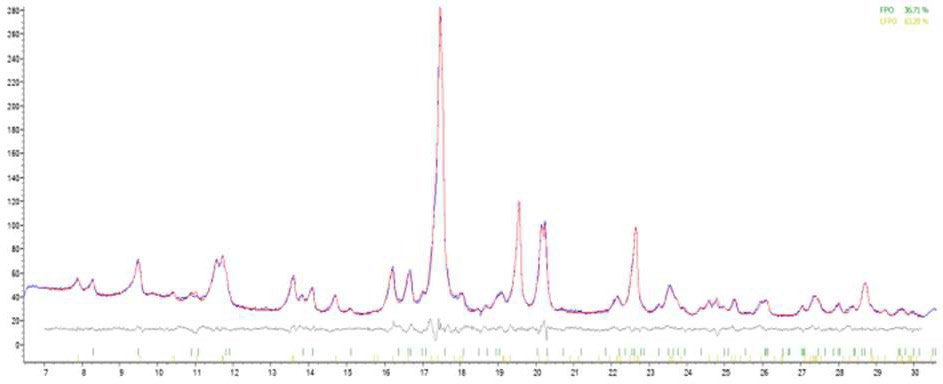
 TEL: +1 262-877-3600
TEL: +1 262-877-3600
 EMAIL:sales@ami-instruments.com
EMAIL:sales@ami-instruments.com